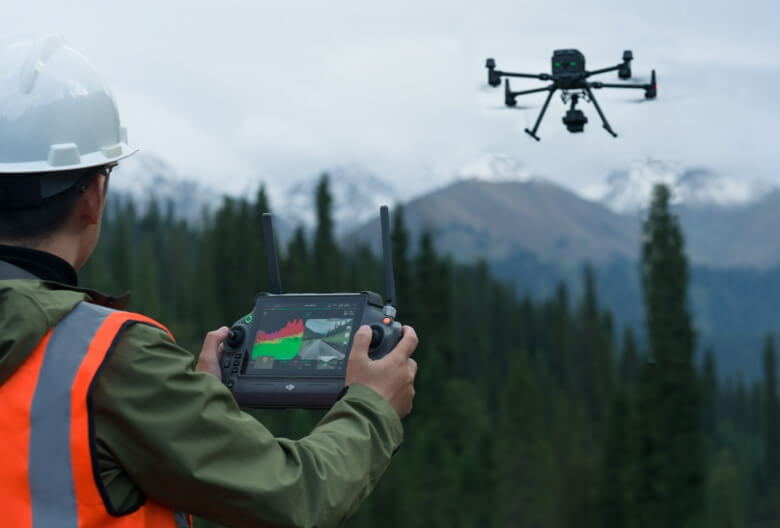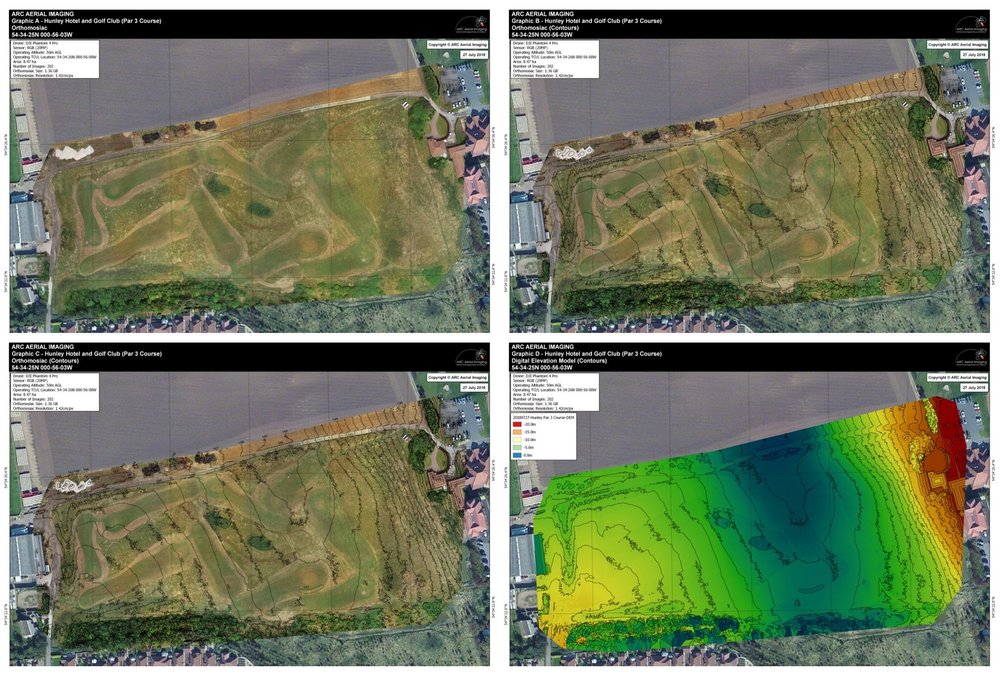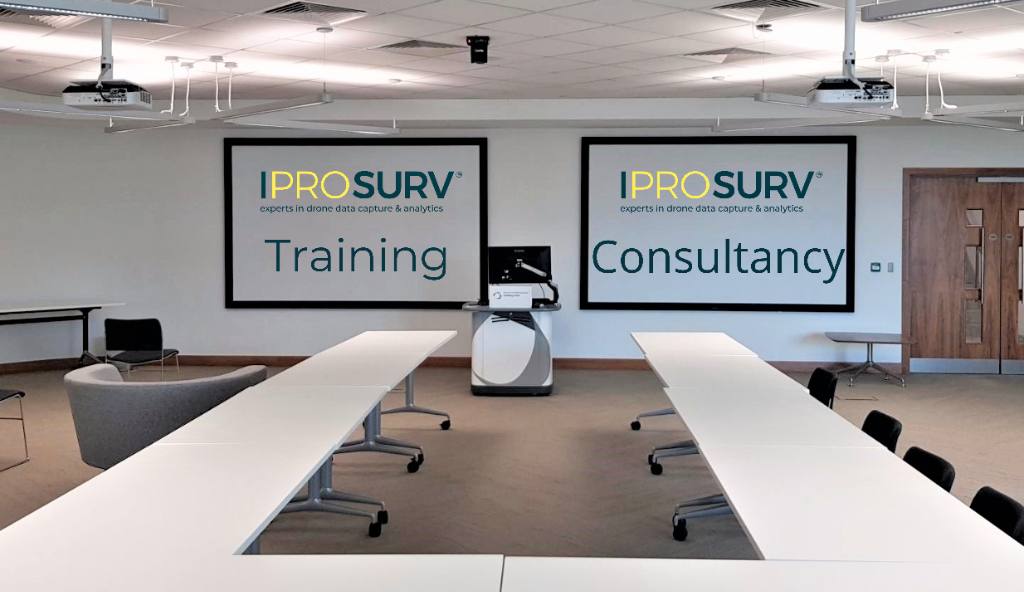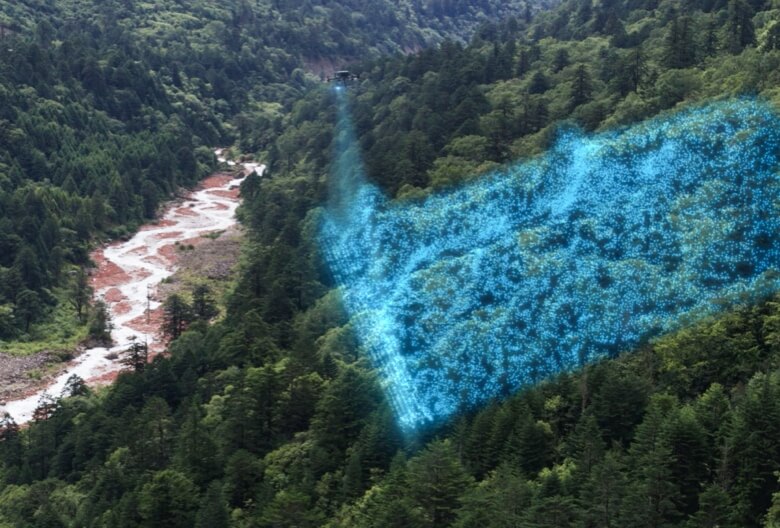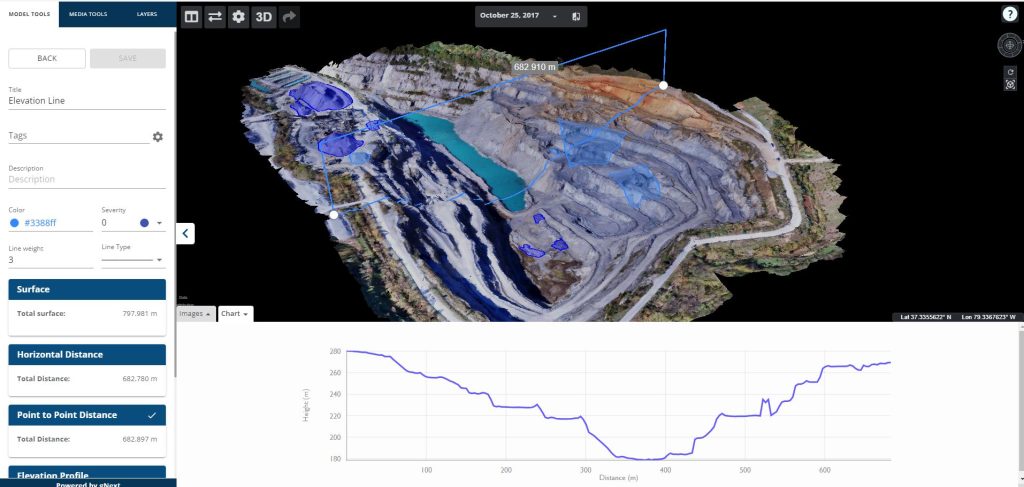AM
Course Reception/Welcome and Introductions
Fundamentals and Principles of Drone Aerial Imaging (Part 1).
▪ Drone types for mapping, surveying and photogrammetry applications.
▪ Types of UAV sensing (Passive and Active).
▪ Types of aerial imaging – nadir and oblique.
▪ Processed geospatial product outputs from aerial imaging.
▪ Digital camera/sensing basics.
▪ Components of a Passive (RGB) Aerial Sensor.
▪ The Detector Array – CCD and CMOS sensors.
▪ Types of Lenses
▪ Focal Lengths
▪ Types of Shutters
▪ Understanding Aperture
PM
Fundamentals and Principles of Drone Aerial Imaging (Part 2).
▪ Understanding aerial imagery Fields of View (FoV).
▪ Spatial Resolution – Ground Sampling Distance (GSD).
▪ How to calculate aerial imagery FoV and GSD with mathematical formulae.
▪ What can affect FoV and GSD on nadir aerial imagery.
▪ Using FoV to a tasking advantage.
▪ Improving aerial imagery GSD on nadir aerial imagery.
▪ Understanding imagery resolution and their interpretabilities.
▪ Understanding other aerial imagery forms and their resolutions – Infrared and Multispectral applications.
Day 1 consolidation, discussions and preparations for ‘Day 2’.

